Nvidia GeForce RTX 5090 Founders Edition Review
The Nvidia GeForce RTX 5090: A Next-Gen Leap Fueled by AI
Nvidia's latest flagship, the RTX 5090, marks another generation in PC gaming, but its performance gains are surprisingly nuanced. While raw performance improvements over the RTX 4090 are modest in many titles (excluding DLSS Frame Generation), the introduction of DLSS 4 dramatically alters the equation. This new iteration delivers significant leaps in image quality and frame rates, exceeding typical generational advancements.
The RTX 5090's value proposition hinges on your gaming setup and tolerance for AI-assisted frame generation. For those with sub-4K or sub-240Hz displays, the upgrade may not be justifiable. However, high-end display owners will experience a glimpse into the future of gaming with DLSS 4's AI-generated frames.
Nvidia GeForce RTX 5090 – Image Gallery

 5 Images
5 Images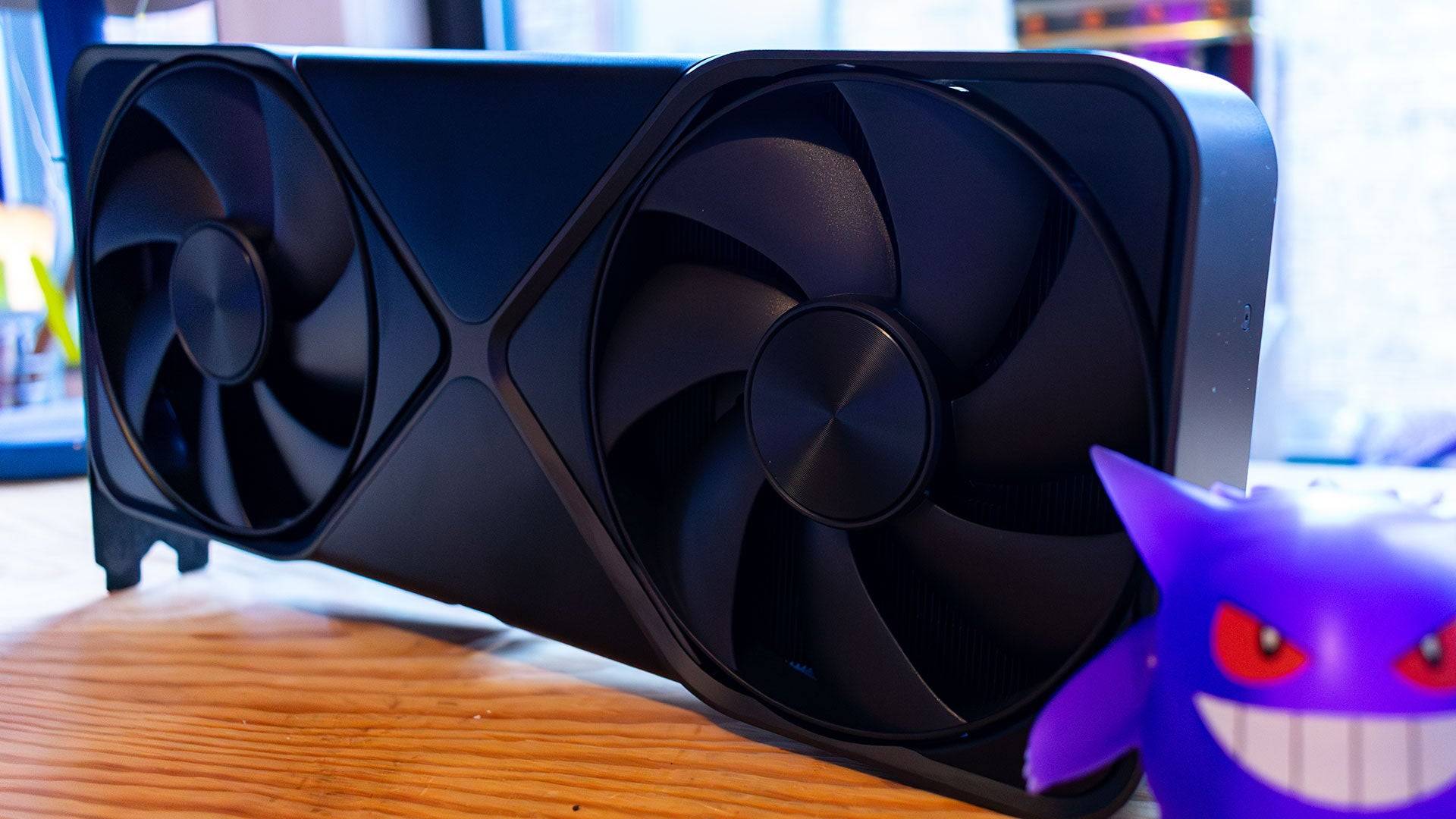


RTX 5090 – Specifications and Features
Built on Blackwell architecture, the RTX 5090 leverages the same high-end technology powering leading AI models. This architecture excels in AI-related tasks, but Nvidia hasn't neglected traditional gaming performance.
The 5090 boasts a significant increase in CUDA cores (21,760 vs. 16,384 in the RTX 4090), a 32% uplift contributing substantially to raw gaming performance. Each Streaming Multiprocessor (SM) includes four Tensor Cores and one RT Core, resulting in 680 Tensor Cores and 170 RT Cores – a considerable jump from the RTX 4090's 512 and 128, respectively. The 5th-generation Tensor Cores enhance AI performance, adding FP4 support to reduce VRAM dependency.

The card features 32GB of GDDR7 VRAM, a generational leap from the RTX 4090's GDDR6X, offering improved speed and power efficiency. However, its 575W power requirement (significantly higher than the RTX 4090's 450W) indicates that power efficiency wasn't a primary design goal.
The enhanced Tensor Cores enable a shift to a Transformer Neural Network (TNN) for the DLSS algorithm, replacing the Convolutional Neural Network (CNN). While frame rates remain largely unaffected, Nvidia claims improved image quality and reduced artifacts.
DLSS 4 introduces Multi-Frame Generation, a refined version of the Frame Gen technology in DLSS 3. This feature generates multiple frames from each rendered image, drastically boosting frame rates, but ideally used with already acceptable frame rates (similar to its predecessor).
Purchasing Guide
The Nvidia GeForce RTX 5090 launched January 30th, starting at $1,999 (Founders Edition). Third-party models are expected to command significantly higher prices.
The Founders Edition
Despite its 575W power draw (much higher than the RTX 4090's 450W), the RTX 5090 Founders Edition surprisingly features a smaller, dual-slot design with a dual-fan configuration. This contrasts with the larger, triple-slot designs of previous generations.

During testing, temperatures peaked around 86°C at 578W power consumption – high, but not high enough to cause throttling. Nvidia achieved this compact design by centrally positioning the PCB and utilizing a heatsink spanning the card's width, with fans drawing air from the bottom and exhausting it through the top. There are no exhaust vents beneath the rear output ports.
The design aesthetic is similar to previous generations, featuring a silver 'X' design and a 'GeForce RTX' logo with white LEDs. The power connector is a new, supposedly more efficient 12V-2x6 connector (though an adapter for four 8-pin PCIe connectors is included). The angled connector placement improves cable management.

This compact design allows for compatibility with smaller PC cases, unlike previous generations. However, third-party models are likely to be larger.
DLSS 4: AI-Generated Frames
Nvidia initially claimed up to 8x performance boosts with DLSS 4. While not quite that dramatic, the RTX 5090 achieves exceptionally high frame rates, primarily through AI-generated frames. While the raw rasterization performance is improved, the true next-gen advantage lies in frame generation.
DLSS 4's Multi-Frame Generation surpasses its predecessor by leveraging a new AI Management Processor (AMP) core. This core efficiently distributes tasks across the GPU, improving efficiency compared to CPU-based frame pacing.
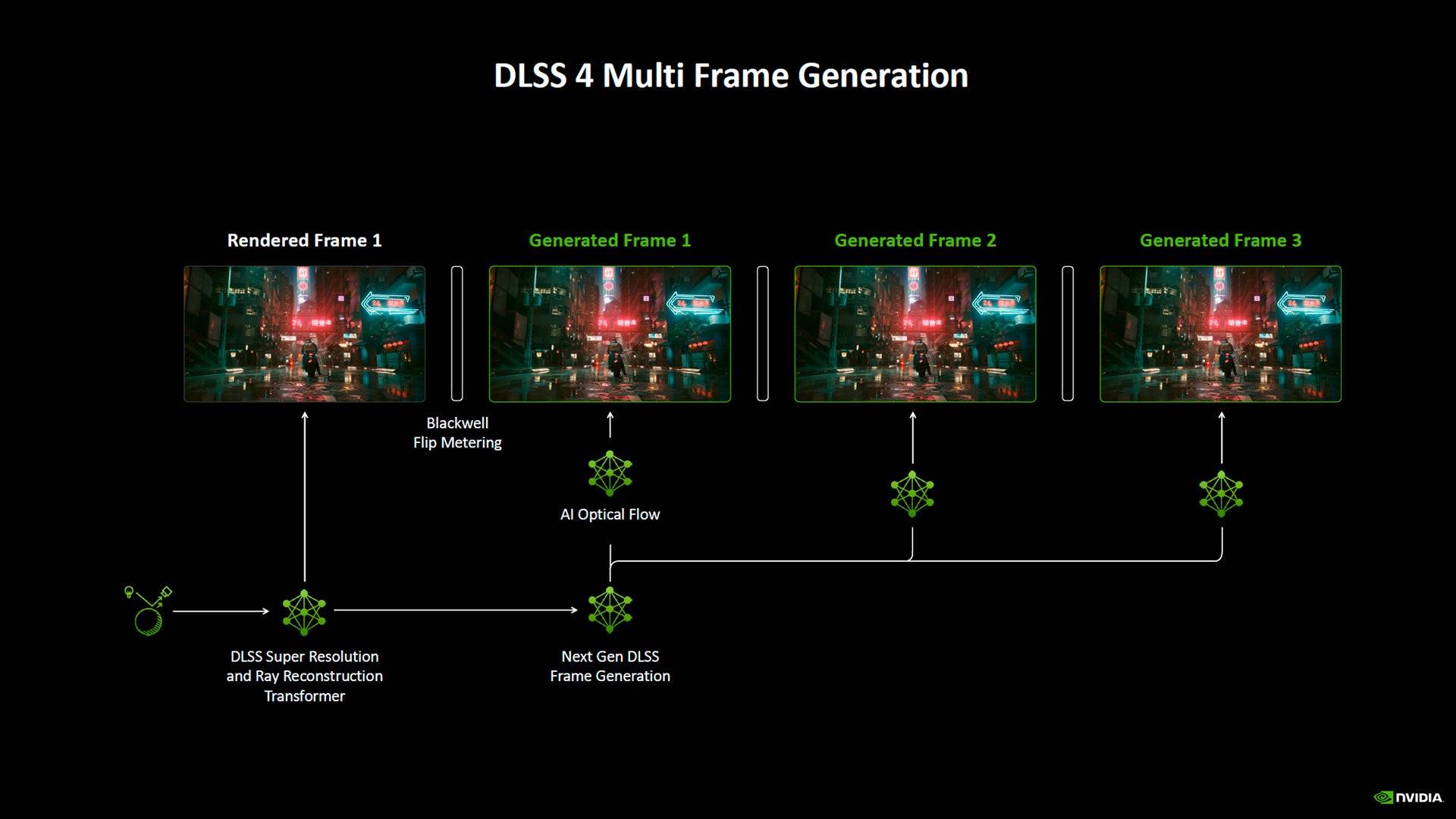
Nvidia states that the AMP and 5th-generation Tensor Cores enable a 40% faster frame generation model using 30% less memory. A Flip Metering algorithm minimizes input lag. The technology is GPU-based, explaining its incompatibility with RTX 4000 cards.
Multi-Frame Generation isn't a magic bullet; it's most effective with already acceptable frame rates (around 60fps or higher without Frame Gen). Pairing it with DLSS upscaling maximizes performance.
At launch, DLSS 4 supported a range of games already compatible with DLSS 3 Frame Generation. Testing revealed impressive results in Cyberpunk 2077 and Star Wars Outlaws, with frame rates significantly exceeding the display's refresh rate. Minor artifacts were observed, but generally negligible.

RTX 5090 – Performance Benchmarks
The RTX 5090 is exceptionally powerful, but testing revealed significant CPU bottlenecks in many games, even at 4K with a high-end CPU (Ryzen 7 9800X3D). For many users with high-end GPUs, the upgrade may not yield a dramatic difference. This card is more of an investment in future-proof gaming.
Benchmarks were conducted without DLSS 4, using public drivers (Nvidia 566.36, AMD Adrenalin 24.12.1).
- 3DMark: Up to 42% faster than the RTX 4090.
- Call of Duty Black Ops 6: 10% improvement over RTX 4090 at 4K.
- Cyberpunk 2077: 10% improvement over RTX 4090 at 4K.
- Metro Exodus: Enhanced Edition: 25% improvement over RTX 4090 at 4K.
- Red Dead Redemption 2: 6% improvement over RTX 4090 at 4K.
- Total War: Warhammer 3: 35% improvement over RTX 4090 at 4K.
- Assassin's Creed Mirage: Showed inconsistencies, potentially due to driver issues.
- Black Myth: Wukong: 20% improvement over RTX 4090 at 4K.
- Forza Horizon 5: Negligible difference compared to RTX 4090 at 4K.
Nvidia GeForce RTX 5090 – Benchmark Charts
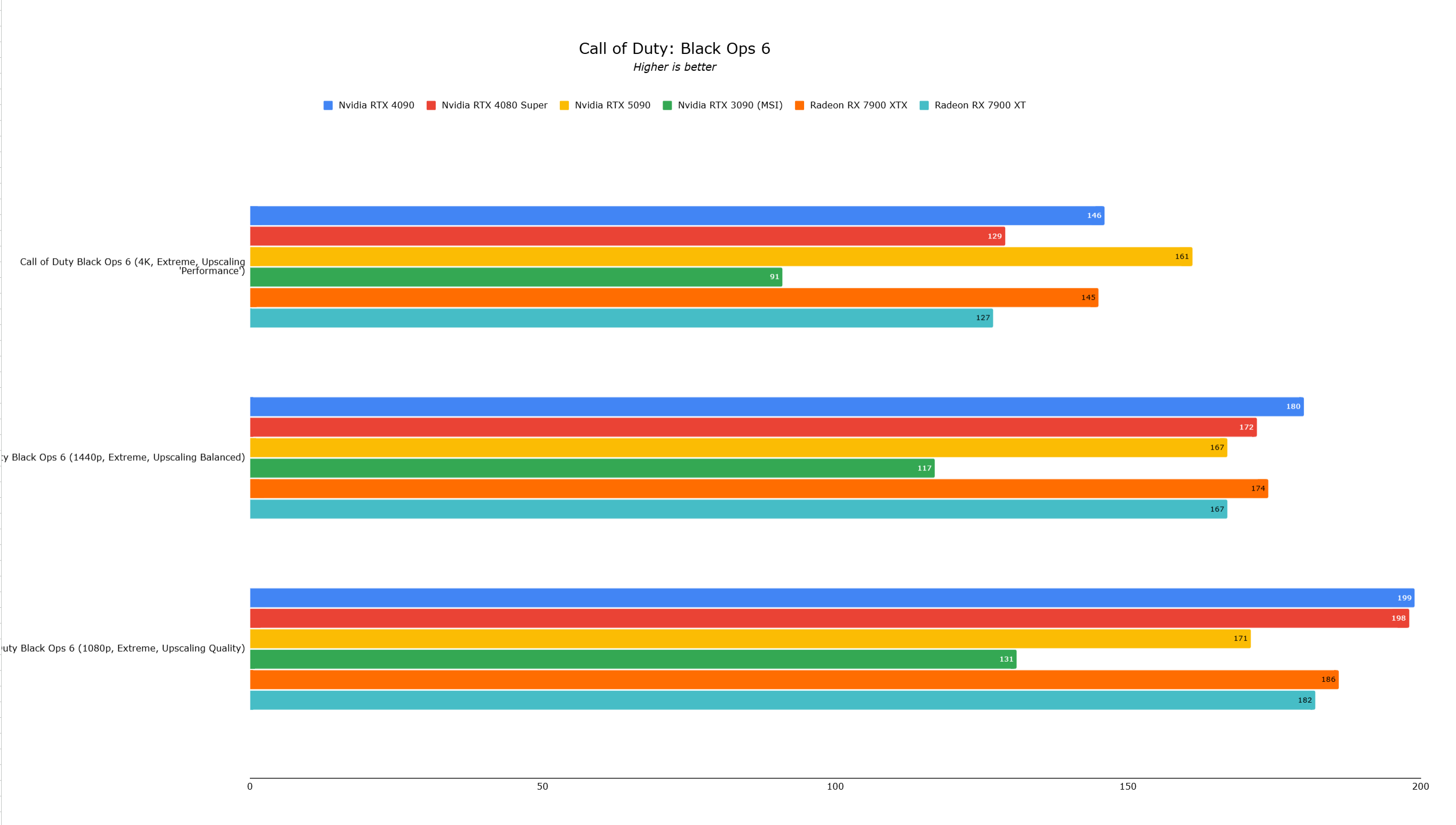
 14 Images
14 Images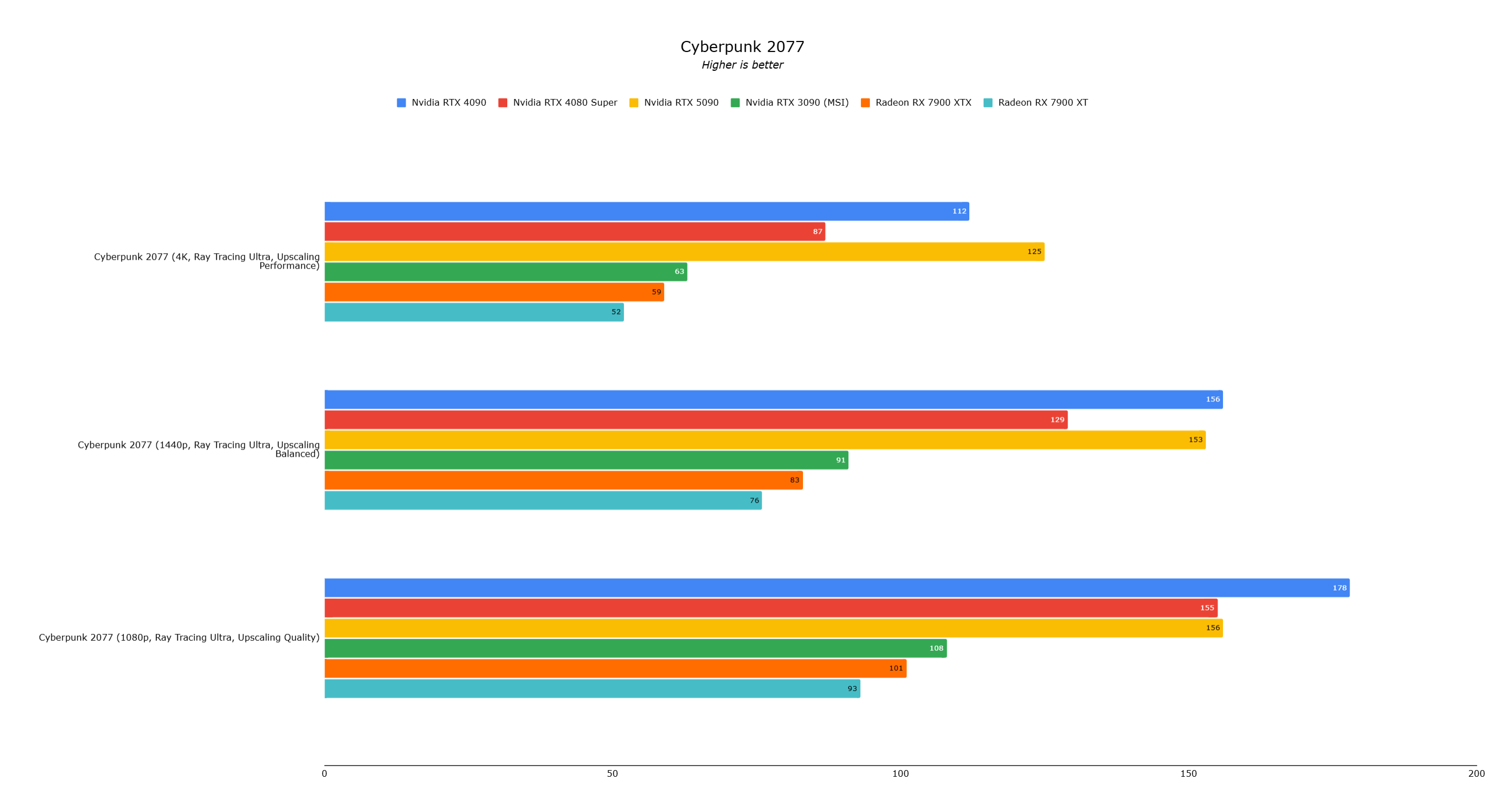
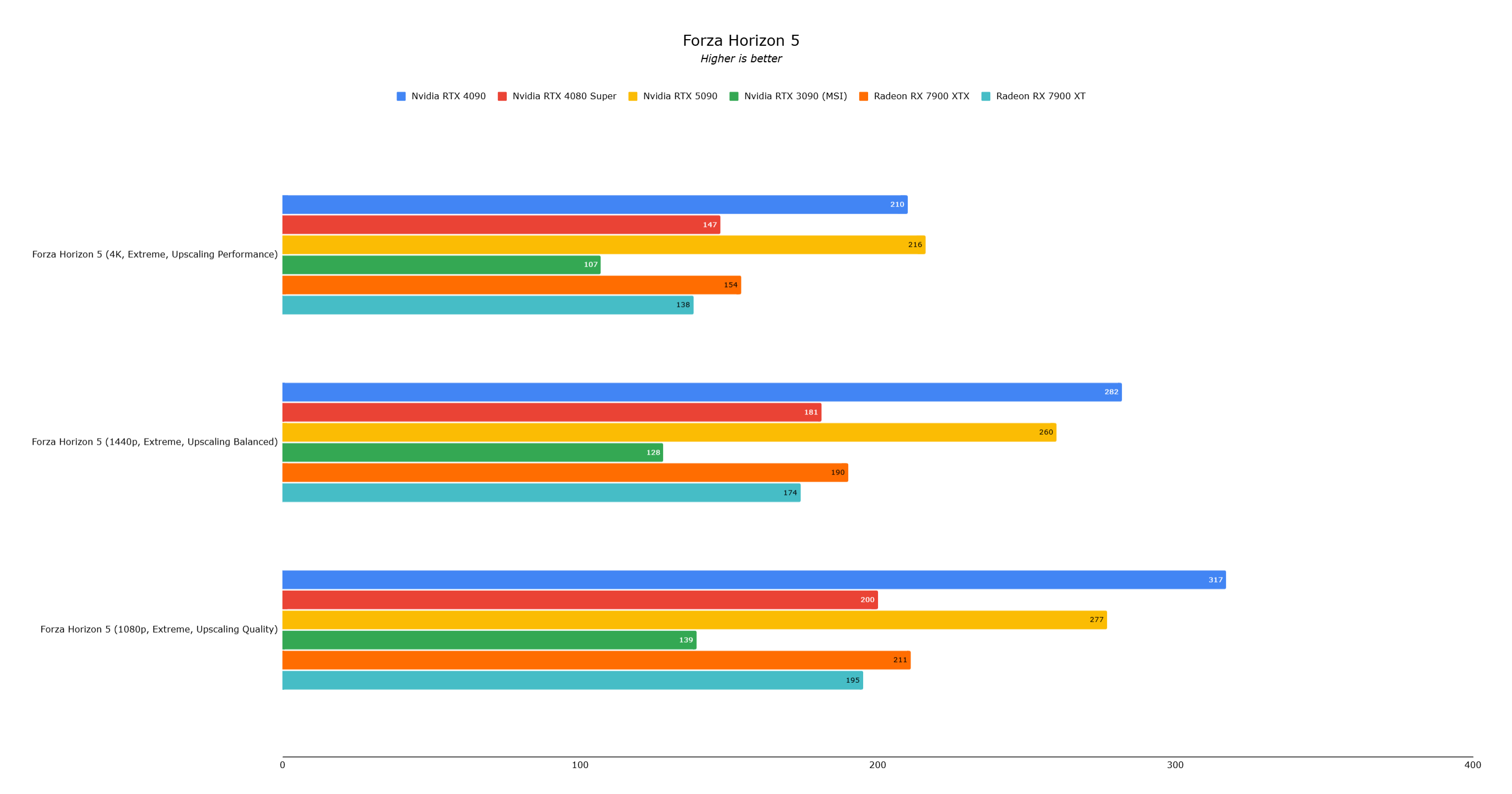
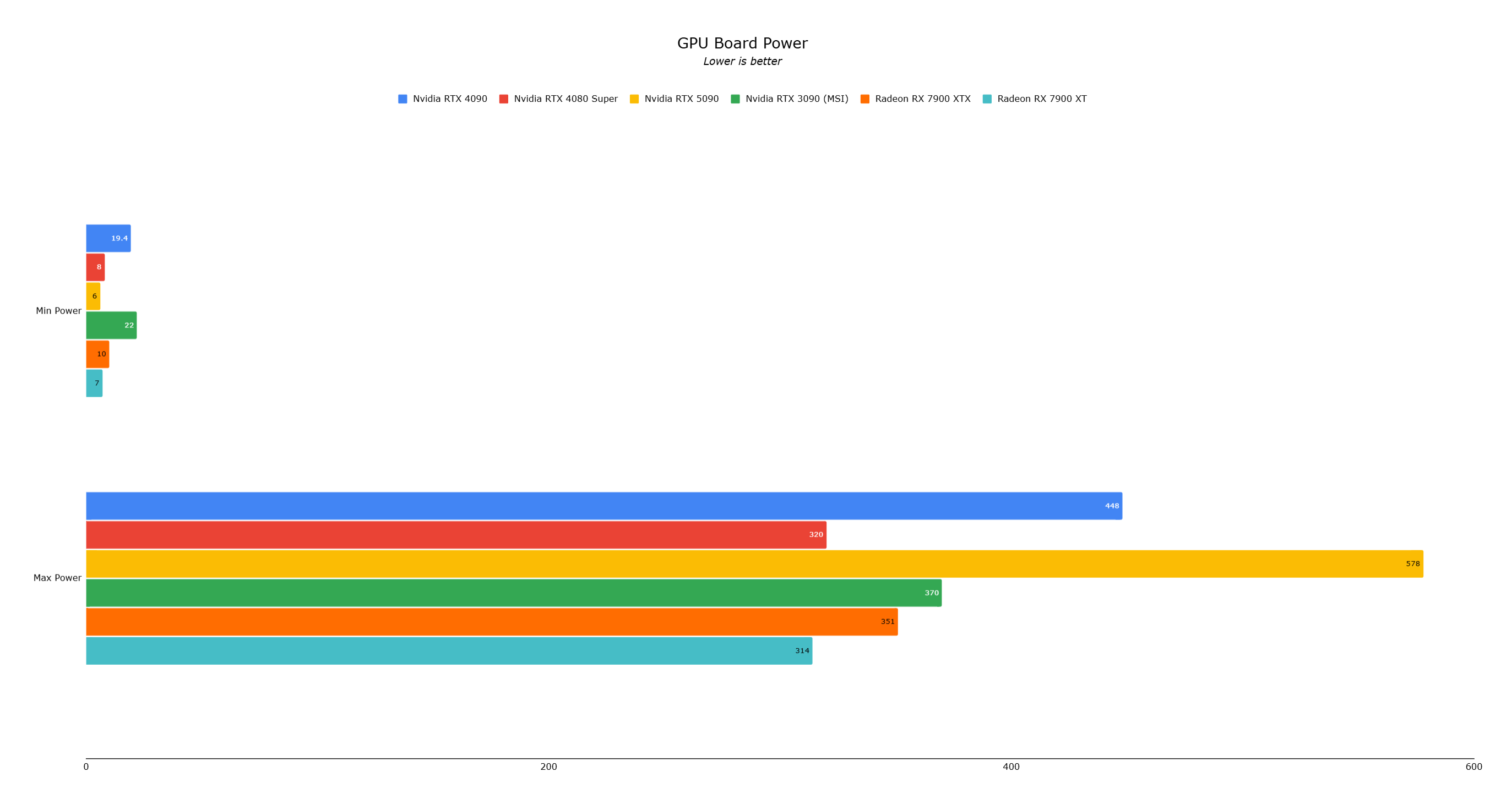
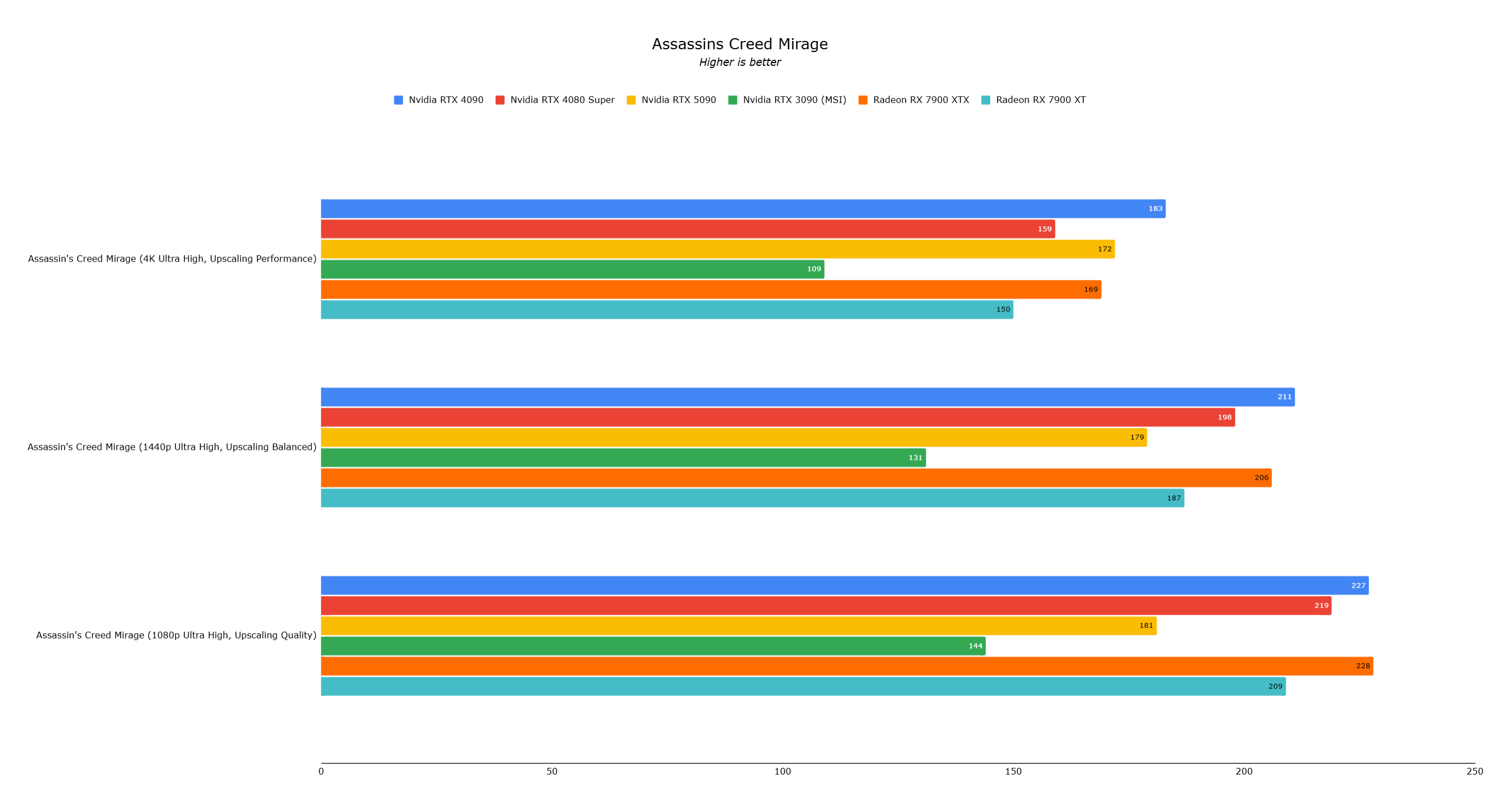
Conclusion
The RTX 5090 is undeniably the fastest consumer graphics card currently available. However, its performance gains over the RTX 4090 are often limited by CPU bottlenecks and game optimization. The true value proposition lies in DLSS 4 and its AI-powered frame generation, making it an ideal choice for high-end display users willing to invest in the future of AI-enhanced gaming. For others, the RTX 4090 remains a powerful and cost-effective option.
AnswerSee Results- 1 Roblox Forsaken Characters Tier List 2025 Feb 14,2025
- 2 Pokemon Go’s first Community Day of 2025 will feature Sprigaito Jan 05,2025
- 3 Holiday Thief Arrives in Seekers Notes Dec 26,2024
- 4 Watcher of Realms Is Dropping New Heroes and Skins This Thanksgiving and Black Friday! Dec 30,2024
- 5 Jujutsu Kaisen Phantom Parade: Tier List Update for 2024 Dec 28,2024
- 6 How To Find and Beat the Storm King in LEGO Fortnite Jan 05,2025
- 7 Goddess Of Victory: Nikke Is Dropping a New Year’s Update and Collabs with Evangelion and Stellar Blade Soon Jan 04,2025
- 8 PUBG Mobile's Championship Finale Nears Jan 09,2025
-
Mastering the Art of Digital Tools
A total of 10
-
Hidden Gems: Unexpectedly Useful Other Apps
A total of 10
-
Top Free Adventure Necessary Games for Android
A total of 4















![LeMOMnade: Family Squeeze! – Version 1.1.1 [mtrellex]](https://img.3xbz.com/uploads/38/1719569762667e8d62c486e.jpg)

![My Cute Roommate 2 – New Version 1.0 Extra [Astaros3D]](https://img.3xbz.com/uploads/38/1719606486667f1cd652f1a.jpg)












